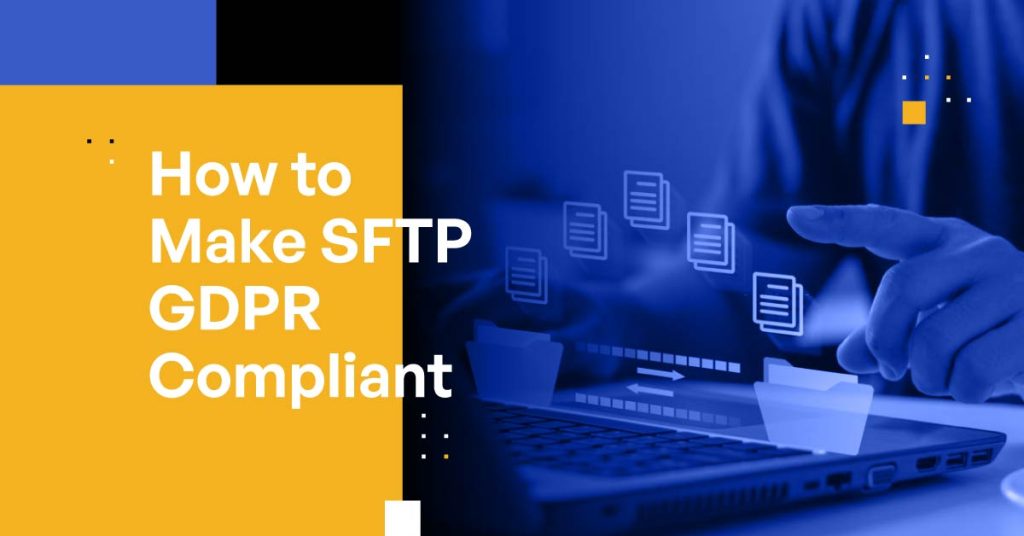ToffeeShare is a file-sharing service known for its direct peer-to-peer transfer mechanism, which allows users to send files securely without storing them on a central server. With increasing concerns about data privacy, particularly in the European Union (EU), where the General Data Protection Regulation (GDPR) is in effect, users need to understand whether ToffeeShare adheres to GDPR requirements. GDPR compliance is essential for any service that handles personal data of EU citizens, ensuring their privacy and protecting them from data misuse.
1. Understanding GDPR Compliance
The GDPR is a regulation enacted by the EU in 2018 to protect individual privacy rights and standardize data protection laws across all member states. It governs how organizations collect, process, store, and share personal data. Key principles of GDPR include:
- Lawfulness, Fairness, and Transparency: Personal data must be processed legally, fairly, and in a transparent manner.
- Purpose Limitation: Data should be collected for specified, explicit, and legitimate purposes.
- Data Minimization: Only the data necessary for the purpose should be collected.
- Accuracy: Data must be accurate and kept up-to-date.
- Storage Limitation: Personal data should not be stored longer than necessary.
- Integrity and Confidentiality: Data must be processed securely to protect against unauthorized access, loss, or damage. Understanding these principles is crucial when assessing whether ToffeeShare aligns with GDPR requirements.
2. ToffeeShare’s Data Handling Practices
ToffeeShare operates on a peer-to-peer model, meaning files are directly transferred between users without passing through or being stored on a central server. This model inherently minimizes the amount of data processed by ToffeeShare, aligning with the GDPR principle of data minimization. Here’s a breakdown of ToffeeShare’s approach:
- Data Transfer Process: When a user initiates a file transfer, ToffeeShare establishes a direct connection between the sender and the recipient. The file is not stored on any intermediate servers, reducing the risk of unauthorized access or data breaches.
- No Data Storage: ToffeeShare does not retain any data once a transfer is complete. This practice adheres to the GDPR’s storage limitation principle, ensuring that personal data is not held longer than necessary.
- Minimal Data Collection: ToffeeShare does not require users to create accounts or provide personal information to use its service. The lack of data collection further reduces GDPR compliance risks.
3. Data Privacy and Security Measures
Data privacy and security are at the core of GDPR. ToffeeShare employs several measures to protect user data:
- End-to-End Encryption: Files shared through ToffeeShare are encrypted from the sender to the recipient. This encryption ensures that only the intended recipient can access the files, maintaining confidentiality and integrity.
- No Data Logging: ToffeeShare does not log or track user activity, including the content of the files shared or the identities of the users involved. This approach supports GDPR’s data minimization and privacy-by-design principles.
- Secure Connections: ToffeeShare uses HTTPS for all communications, ensuring data in transit is protected from interception or tampering.
4. User Consent and Rights
GDPR requires explicit user consent for data processing and grants users several rights regarding their data:
- Obtaining Consent: ToffeeShare does not require users to provide personal data to use its service. However, when consent is needed (e.g., for cookies or other necessary functions), ToffeeShare ensures that users are clearly informed and have the option to accept or decline.
- User Rights: Under GDPR, users have rights such as access, rectification, erasure, restriction of processing, and data portability. Since ToffeeShare does not store personal data, most of these rights are automatically upheld. Users can exercise these rights easily because there is no data retention beyond the immediate file transfer.
5. Transparency and Communication
Transparency is crucial for GDPR compliance. ToffeeShare is committed to being transparent about its data handling practices:
- Privacy Policy: ToffeeShare provides a clear and concise privacy policy outlining how it processes data, what data is involved, and the purpose of processing. This policy is readily accessible on their website.
- User Notifications: ToffeeShare ensures users are informed about any updates to its privacy policy or terms of use. It follows a policy of notifying users in advance of significant changes, allowing them to review and understand the impact on their data rights.
6. Third-Party Involvement
GDPR mandates that data controllers ensure any third parties involved in data processing are also compliant with GDPR. In ToffeeShare’s case:
- No Third-Party Data Sharing: ToffeeShare’s peer-to-peer model minimizes the involvement of third parties. There is no need for external processors since data is not stored or processed beyond the immediate transfer.
- No Use of Third-Party Tools for Tracking: ToffeeShare does not use third-party tools or cookies that track user activity, further reducing compliance risks.
7. Conclusion: Is ToffeeShare GDPR Compliant?
Based on its data handling practices, ToffeeShare appears to be largely compliant with GDPR requirements. Its peer-to-peer model inherently supports GDPR principles by minimizing data collection, storage, and processing. Additionally, ToffeeShare’s use of end-to-end encryption, no data retention policy, and commitment to transparency align well with GDPR mandates. However, users should consider their specific privacy needs and read ToffeeShare’s privacy policy to understand how their data is protected.

